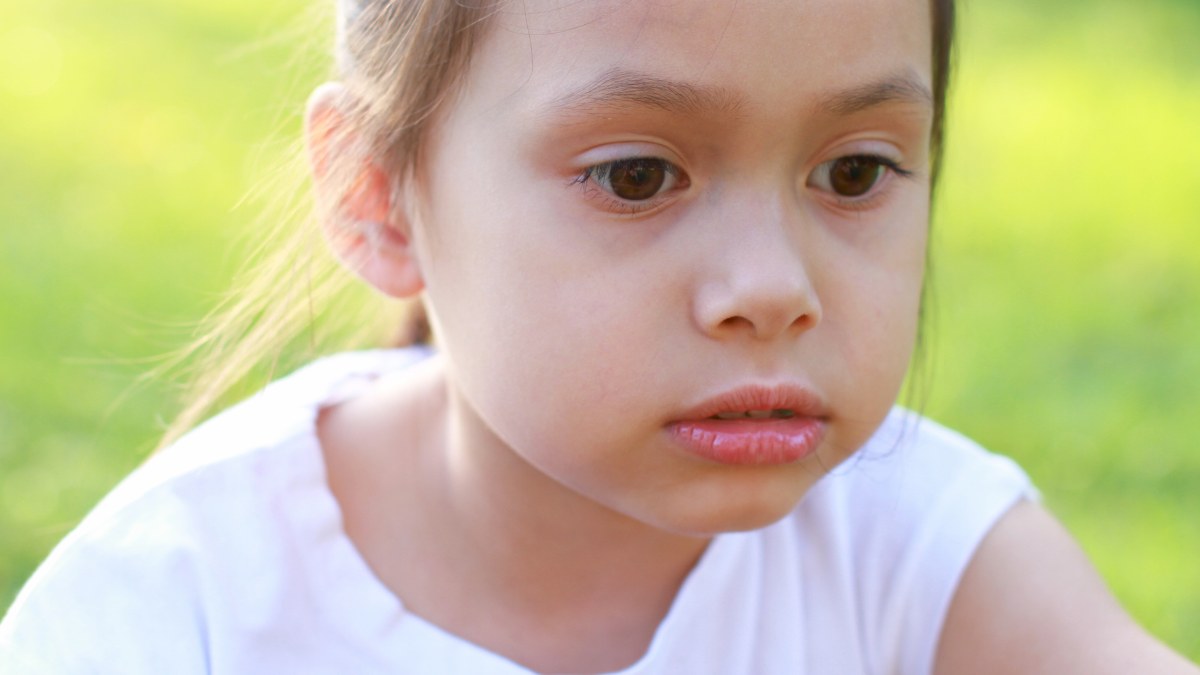ABA Therapy Program in Virginia: 3 Ways to Get Started
ABA Therapy program in Virginia: Discover 3 simple ways to begin your child’s journey toward meaningful progress with personalized, evidence-based care.

ABA Therapy Program in Virginia: 3 Ways to Get Started
Key Points:
- Begin with a thorough assessment to understand your child’s needs and create a personalized treatment plan through observations, interviews, and standardized tools.
- Select the best-fit service model—in-home, clinic-based, or school consultations—based on your child’s environment, learning style, and daily routines.
- Navigate insurance with support by confirming coverage, preparing documentation, and securing prior authorization to avoid delays in starting ABA therapy.
When your child has recently been diagnosed with autism—or if you’ve long suspected it—starting the right treatment plan can feel overwhelming. You’ve likely heard of ABA therapy but might be unsure where to begin or which route is the right fit for your family. The good news? You're not alone, and there are concrete paths forward.
An ABA therapy program in Virginia can provide structured, evidence-based support that helps your child develop communication, social, and self-regulation skills. But finding the best way to get started isn't just about booking a session—it’s about understanding your options, your child's specific needs, and how your family operates day to day.
In this guide, we’ll walk you through three practical, parent-friendly ways to begin ABA therapy in Virginia—without the jargon, and with a focus on getting meaningful results.
Start with a Comprehensive Assessment
Before jumping into any program, it’s critical to begin with a full assessment of your child’s strengths, needs, and behaviors. This step sets the foundation for personalized care that’s actually effective—not just generic strategies.
An ABA therapy program in Virginia typically starts with what's called a Functional Behavior Assessment (FBA). This evaluation is led by a Board Certified Behavior Analyst (BCBA) and is much more than just paperwork. It’s about understanding your child’s motivations, behaviors, communication patterns, and challenges in real-life settings—like home, school, or social situations.
Here’s what to expect during this phase:
- Observation: A BCBA will observe your child in natural environments, such as at home or during play, to get a baseline understanding of behavior patterns.
- Caregiver Interviews: You’ll be asked about routines, preferences, triggers, and goals for your child. These conversations are key—they help the BCBA design goals that matter to you and your child.
- Standardized Tools: Some assessments may include developmental checklists or adaptive behavior scales to help track progress over time.
Once the assessment is complete, you’ll receive a detailed treatment plan outlining behavior goals, teaching methods, and how progress will be tracked. This plan isn’t fixed; it evolves with your child’s growth.
If you’re not sure where to begin, Supportive Care ABA offers a streamlined intake process for families throughout Virginia. Their team walks you through each step and answers questions in plain language.

Choose the Right Service Model for Your Child
Not every child benefits from the same setting. The beauty of ABA therapy is its flexibility. You can tailor it to your child’s needs, your family’s schedule, and even your home dynamics.
Below are three of the most common service models used in an ABA therapy program in Virginia:
1. In-Home ABA Therapy
This is one of the most accessible options for many families. In-home services bring the therapist to you—meaning your child can learn in their most familiar and natural environment.
- Therapists can help with routines like brushing teeth, transitioning between tasks, or handling meltdowns.
- It’s easier for parents to observe sessions and get coached in real time.
- Skills are taught in the context of your actual home setup, making generalization easier.
This model works especially well for younger children or those who struggle with adapting to new environments.
2. Clinic-Based ABA Therapy
Clinic-based programs offer a more structured environment. They typically involve a team of professionals working together, which allows for greater social opportunities and group learning.
- Therapists use controlled settings to teach skills and run specific programs.
- Many clinics have sensory-friendly rooms, play-based learning areas, and group activities.
- Great for building peer interaction skills and preparing for school or daycare.
Some children benefit from starting in a clinic before transitioning to home or school-based services.
3. School or Community-Based ABA Consultations
If your child is already enrolled in school or daycare, collaborating with teachers and staff can extend ABA strategies across all environments.
- A BCBA may provide training to school staff or help design behavior intervention plans (BIPs).
- This service is helpful for managing challenging behaviors in group settings.
- It bridges the gap between home learning and real-world social dynamics.
Each of these settings can stand alone—or be combined—to create a well-rounded support system for your child.
Understand Insurance and Authorization
Navigating health insurance can feel like a full-time job, especially when you’re already balancing your child’s needs. But don’t let red tape keep you from starting.
Getting started with an ABA therapy program in Virginia means working through insurance—most often, Medicaid or private plans. While the paperwork may be frustrating, most reputable providers will walk you through the process.
Here’s how to make the journey smoother:
1. Confirm Coverage
Start by contacting your insurance provider or having the ABA agency check on your behalf. Ask if ABA is covered under your plan, and whether you need a diagnosis from a developmental pediatrician or neurologist to qualify.
2. Gather Required Documentation
Most plans require a formal autism diagnosis and a referral from a physician. Some may ask for proof that ABA is "medically necessary."
Supportive Care ABA helps families gather this paperwork and ensures nothing gets left out—which can prevent delays in starting therapy.
3. Request Prior Authorization
Before therapy begins, your BCBA will submit a treatment plan to insurance for approval. This is called prior authorization and usually needs to be renewed every few months.
The good news? Once approved, services can begin fairly quickly. Many Virginia-based providers, including Supportive Care ABA, have systems in place to expedite this step.
The Real Impact of Early and Ongoing ABA Support
Now that you understand the paths to getting started, let’s look at why early intervention and consistency matter.
ABA therapy works by breaking down skills—like requesting help, following instructions, or taking turns—into manageable steps. Over time, your child learns to perform these steps independently and with confidence.
But the impact isn’t just about your child. ABA therapy can also support you, the parent or caregiver. You’ll gain:
- Real-life strategies to reduce daily struggles
- Tools for managing meltdowns or transitions
- Confidence in supporting your child’s growth
- A clearer understanding of what’s behind your child’s behaviors
At Supportive Care ABA, therapy is more than just a service. It’s a partnership with families, helping you feel equipped and empowered—not confused or overwhelmed.

Final Thoughts: Your Next Step Forward
Starting an ABA therapy program in Virginia can feel like navigating a maze, especially when you’re already stretched thin. But once you understand the process—assessment, choosing the right setting, and navigating insurance—you’ll be able to move forward with purpose.
Whether your child needs help developing communication, improving focus, or learning daily routines, ABA therapy offers proven strategies rooted in positive reinforcement and practical support. The key is getting started with a provider who listens, guides, and works with your whole family.
Supportive Care ABA offers ABA therapy in Georgia, Oklahoma, Indiana, and North Carolina, delivering programs designed to meet each child where they are. If you're ready to explore options and take the next step, contact us today.
Let’s work together to build a stronger foundation—one step at a time.








.jpg)
.jpg)


%20(1).jpg)
.jpg)
